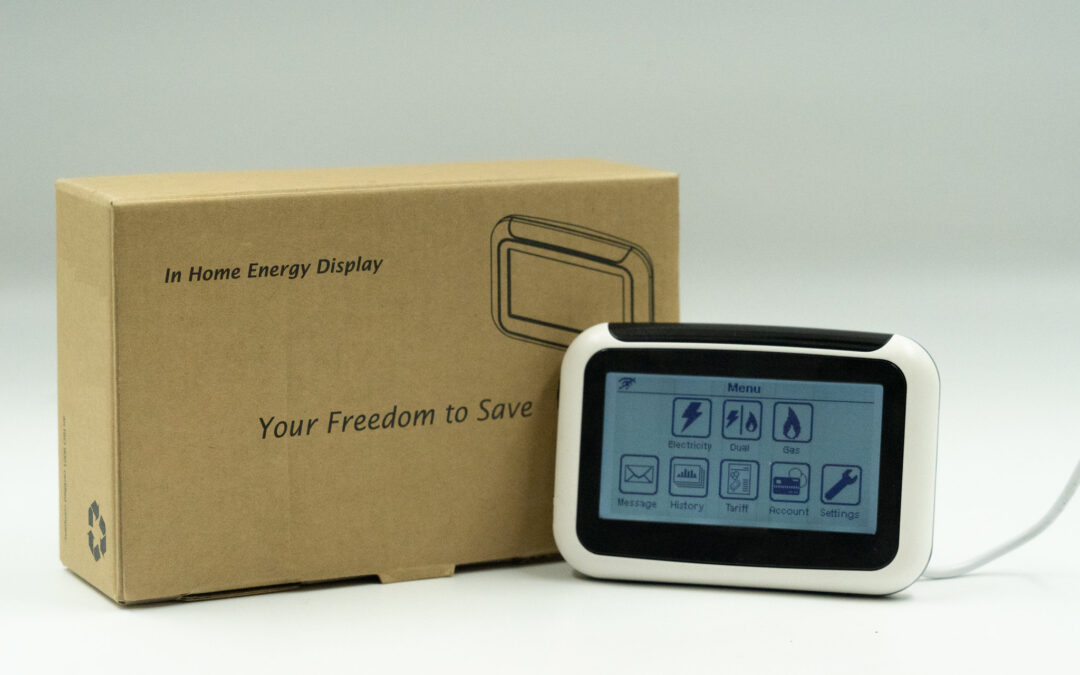Smart meters to allow for remote readings of energy consumption will be installed in most Polish homes over the next decade. The new legislation, which was signed into law by President Andrzej Duda on Wednesday, also establishes a centralised system for handling and storing the resultant data.
According to the government’s schedule, grid operators will be tasked with installing smart meters in at least 15% of homes by 2023. The bar will then be raised to 35% in 2025, 65% in 2027 and 80% in 2028.
“Smart metering will equip the consumer with knowledge and the ability to verify their electricity consumption in real time, rather than, as is now the case, after a few months,” said climate minister Michał Kurtyka. “Such meters can also encourage savings and thus lead to a reduction in bills.”
Every 15 minutes, information will be gathered on net energy transmission from the grid, as well as data on power and additional parameters that will be regulated by further legislation, reports Money.pl.
The regulations also create a Central Energy Market Information System (CSIRE), which will be run by the state-owned grid operator PSE. The act provides the legal basis for the collection and sharing of specific data on energy distribution and use.
Moreover, the new regulations aim to promote energy storage by cutting tariffs and scrapping licensing requirements for facilities with a capacity of up to 10 MW. Settling storage bills will also be simplified.
The new rules bring Poland in line with EU energy regulations. However, they are also part of the climate ministry’s larger push to reform the energy market.
Other than the rollout of smart metering – which will be introduced for heating as well as electricity – the ministry will make energy providers offer a breakdown of energy sources and service components (such as distribution) in their energy invoices.
Starting in 2022, the Energy Regulatory Authority (URE) will operate a comparison engine for energy offers to bolster competition in a market where prices have soared in past years. Customers will be able to change providers within 24 hours.
Moreover, the ministry’s five-point strategy aims to allow for “dynamic pricing” so that consumers are encouraged to schedule energy use for when prices drop (which could be caused by lower demand, such as at night, or higher temporary supply from renewable sources).
“When the price goes higher, the consumer should use their own resources or limit their energy consumption,” said Kurtyka. “That is why we will promote the use of energy storage, which can also be electric cars, as well as energy management systems.”
In January, the president signed separate legislation on the development of offshore wind farms in the Baltic Sea, launching Poland’s bid to begin operating turbines by 2025. There are plans for offshore capacity to reach 10GW by 2035.
Main image credit: uswitch.com/Flickr (under CC BY 2.0)

Maria Wilczek is deputy editor of Notes from Poland. She is a regular writer for The Times, The Economist and Al Jazeera English, and has also featured in Foreign Policy, Politico Europe, The Spectator and Gazeta Wyborcza.




















